
How Human Is Your Business?
From handier tin openers to more intuitive interfaces, the ability of design to humanise ‘things’ is well known and understood.

Browse all Touchpoint Articles

From handier tin openers to more intuitive interfaces, the ability of design to humanise ‘things’ is well known and understood.
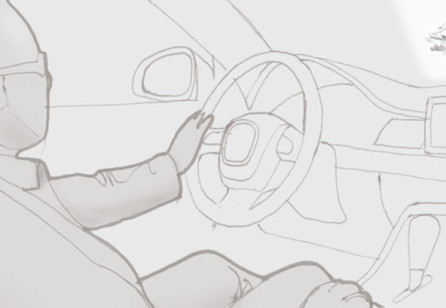
For years, the innovation and design community has used tools for visualising and evaluating physical products.
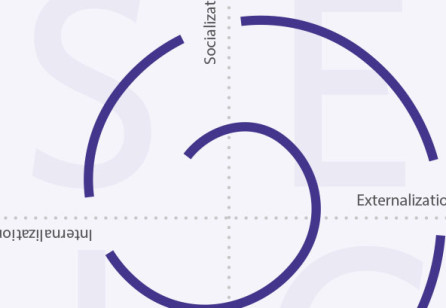
In Touchpoint Volume 1 No. 3, Tether and Stigliani raised fundamental questions about the future of Service Design: how to build legitimacy, how to control – or lose control of – a profession and how to coordinate efforts between its entrepreneurs, practitioners and academics.
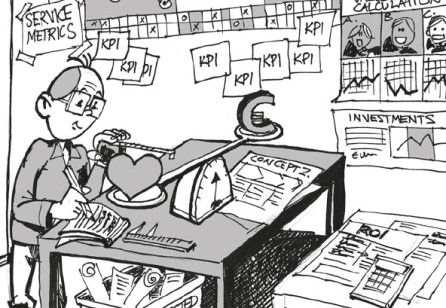
Working in a relatively new and developing field, Service Design practitioners still have difficulties in communicating the value of their work in terms of measurability and business (1) impact.
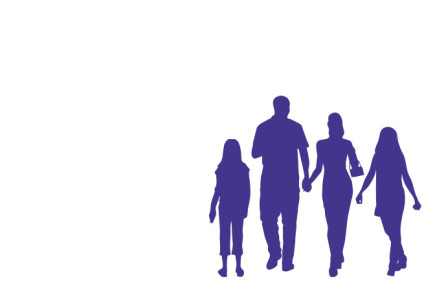
The city of Melbourne, Australia, has over 4 million citizens, and is growing, thanks to an influx of immigrants from all over the world. Because of its growing population, there has been a great demand for living space in and around Melbourne.

Service Design generates not only new service concepts, but also new knowledge about service production and consumption.

Keith is a 32 year old American events coordinator living in New York City.

Specifying services can be challenging, as part of the design often needs to be left open.
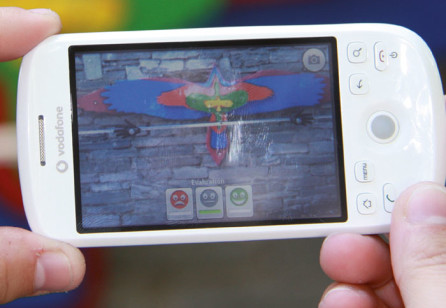
The competitiveness of any product or service ultimately depends on its customer satisfaction.

Design for a local context prompts for an intimate understanding of and interaction with community-level relationships.

Reforming public sector services and reducing inequalities in UK society have been two of the Labour Government’s main agendas since it came to power in 1997.
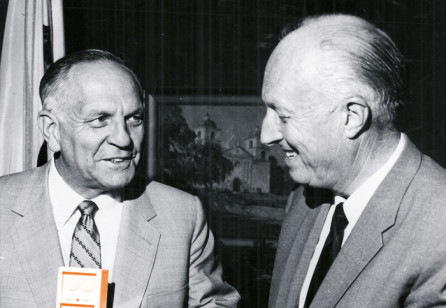
Complex business-to-business (B2B) technology services challenge us to consider the impact of design on aspects of human behaviour on a number of levels. B2B services often encompass multiple lines of business, involve hundreds of participants and entail months if not years of effort.

Successful implementation of evidence-based healthcare policy is a function of three core elements – the level and nature of the evidence, the context or environment into which the policy is to be placed and the method or way in which the implementation is facilitated.

Designing behaviours for healthier living is a people-centred approach that starts with a perspective of helping people learn new behaviours rather than trying to change them.
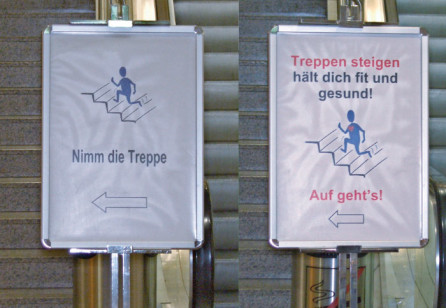
Despite clear evidence of a positive health effect of physical activity the practical implementation of an active lifestyle is hard for many people.

How can we promote more sustainable behaviours? How can design encourage and support the different phases of behavioural change?
